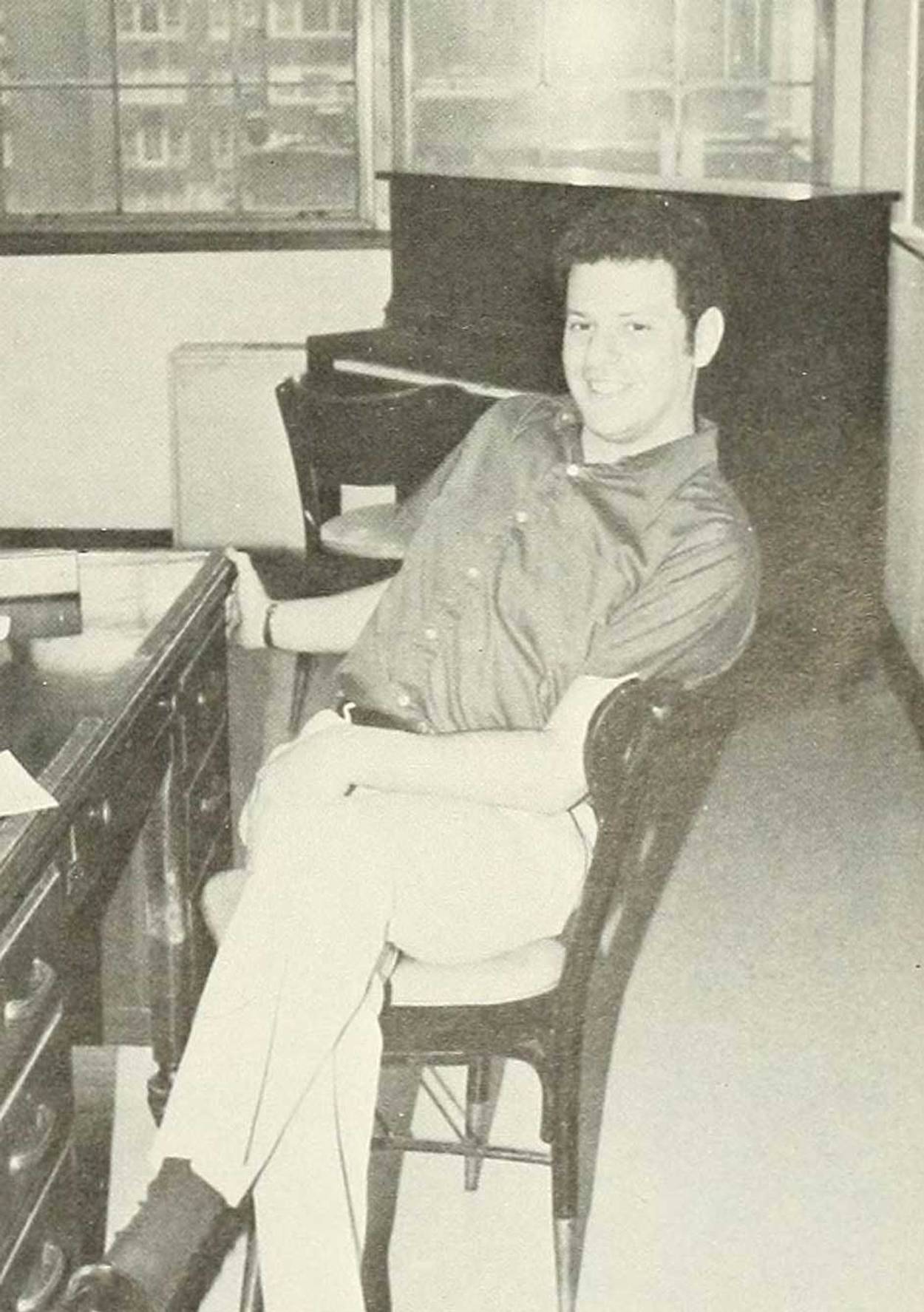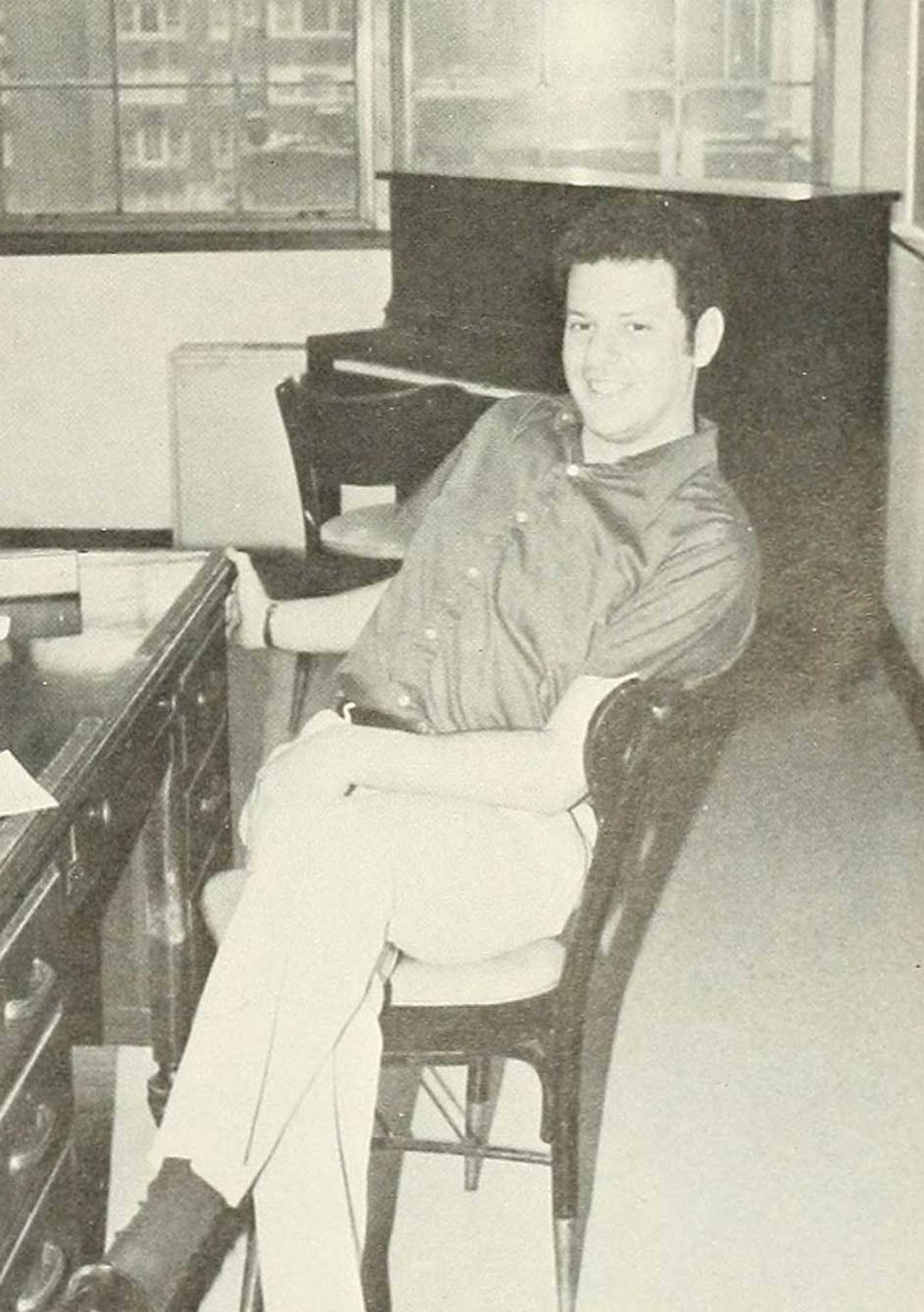Farewell to William Helmreich, Masterful Chronicler of the Yeshiva World
COVID-19 claims a man whose life and work were the opposite of social distancing




Professor William Helmreich died on March 28, a victim of COVID-19. He was distinguished professor of sociology at City College, a keen observer of religion and ethnicity in the United States. In step with the social science urban-centered agenda of the 1970s, Helmreich wrote his dissertation on civil rights and African American militant groups. Soon after, Helmreich broadened his scholarship to address Jewish studies. Along with Charles Liebman and Egon Mayer, Helmreich was part of a group that proved an earlier generation of sociologists wrong, that Orthodox Judaism was not a “case study of institutional decay.”
Helmreich’s focus was the yeshiva world. He had initially aimed to cover the “yeshiva in America,” its modern and more traditional incarnations, but recognized that he could make a more pronounced contribution zeroing in on the “world of the yeshiva,” the flagship institution of the so-called Orthodox right.
Helmreich figured that he possessed the background to write on this hitherto untapped subject. After all, he had attended high school at Kamenitz in Boro Bark and Ner Yisrael in Baltimore. Helmreich refined his academic skills at Yeshiva University and Washington University (St. Louis) but correctly intuited that he could reenter the orbit of the yeshiva world to conduct field work without much suspicion because of his earlier educational bona fides. Coalesced, these features of Helmreich’s educational background could make for a sensitive and dispassionate work of social science.
The result was his World of the Yeshiva, originally published by Macmillan’s Free Press in 1982. Yale University Press and then Ktav Publishing House released later editions. The Agudath Israel even printed a chapter of the book in its monthly organ. All in all, the reception and reproduction of Helmreich’s book indicated the import of the subject for scholarly and Orthodox audiences.
This was his uncanny ability to bring disparate peoples together. It’s all the more tragic, then, that Helmreich died in coronavirus pandemic, in a plague that has hurt so many by forcing people so far apart.
Much of the value in Helmreich’s book was found in the information he culled from leading roshei yeshiva in the late 1970s. Individuals like Rabbis Moshe Feinstein, Mordechai Gifter, Yitzchok Hutner, and Henoch Leibowitz spoke candidly to the sociologist about their views on college education, outreach, and divorce rates among the Orthodox.
In July 1983, Helmreich donated transcripts of 16 rabbinic interviews to the Yeshiva University Archives. Most follow a similar basic script: Helmreich’s question followed by a prominent rabbi’s response. In some cases, Helmreich recorded a follow-up-question prompted by a curious comment offered just before by his interlocutor.
One transcript stands out, however: the first one. In August 1977, Helmreich secured an audience with Rabbi Shneur Kotler of Beth Medrash Govoha in Lakewood, N.J. It was important for Helmreich to lead with Kotler. The latter ran the most prominent yeshiva in the United States. Since taking over the helm from his father in the 1960s, Kotler grew the school from 195 pupils to 722. On several occasions during his research, Helmreich managed to cajole hesitant rabbinic luminaries on the grounds that the Lakewood rosh yeshiva had agreed to support his scholarly project. “Well, if Reb Shneur talked with you,” Helmreich quoted another unnamed rosh yeshiva as saying, “who am I to refuse?”
But Helmreich’s interview with Kotler was exceptional for another reason. Helmreich presented his two-day encounter with Kotler as a narrative, not just a series of mechanical questions-and-answers. Helmreich, in his early 30s, was evidently taken aback by the experience, perhaps hoping to memoiristically capture the context of the episode and kindness showed to him by the 60-year-old famed rabbinic scion.
Helmreich visited Kotler’s office at 1220 Broadway in Manhattan. It was a Tuesday, in the late afternoon of August 2, 1977. Kotler was “difficult man to reach,” explained Helmreich, and was glad to finally meet the rosh yeshiva after two weeks of persistent inquiring. Kotler had not avoided Helmreich’s request. He was a very busy man. “One day he is in Europe attending to an emergency, the next day in New York, and the following in Lakewood.”
Kotler’s New York headquarters was located on the top floor of an unassuming building. Helmreich sat for a few minutes in an adequately furnished waiting room nearby two women who accounted for the office staff. Above them were a few shelves of telephone books covering the major Jewish hubs in the United States, “a reminder that this is an institution with an international reputation and attendant responsibilities,” reflected Helmreich. “It is, after all, the Harvard of yeshivas.” They all fit the requisite Orthodox right dress code. The ladies adorned long-sleeve dresses, despite the notoriously humid summer weather in New York. Helmreich arrived in a jacket and dark hat, the “traditional yeshiva bochur’s outfit.”
One of Kotler’s four attendants summoned Helmreich into the rosh yeshiva’s office. “Sholom Aleichem,” offered each of the assistants with an outstretched hand. “Aleichem Sholom,” Helmreich responded several times over to each of the “palace guards.”
Helmreich was not entirely unknown to these gentlemen. They had listened to his remarks on a recent program on New York’s WEVD talk-radio station. Helmreich did not indicate the subject of that program. Whatever it was, Kotler found his presentation quite satisfactory, “gevaldik.”
The office was small and simply furnished. No carpeting. Kotler was seated behind an average-looking wooden desk. Helmreich was invited to sit on one of the chrome chairs on the other side. A set of bookcases covered a portion of the wall. On top of the shelves was a set of Talmud and a Pentateuch, as well as some other rabbinic texts.
Helmreich and Kotler conversed in Yiddish, although the transcript was translated into English. The interviewer asked about Rabbi Aharon Kotler (Rabbi Shneur’s father and predecessor at Lakewood) and the grand plan to transplant the Kletsk yeshiva—and by association, the yeshiva movement—to the United States. Kotler was rather sanguine about the American situation. He was optimistic, fortunate to lead along with “all the Gedolim here.” The mostly native-born students’ attitude was also important. “The children,” noted Kotler, “are pushing the parents, telling them they want to learn more.”
Kotler also credited three “Lakewood kollels” established in Detroit, Los Angeles, and Toronto. “Now we see that these little places have changed the atmosphere,” affirmed Kotler. “The whole town has a different view or approach. The outlook on life is changed. There are shiurim and people work with the community. I saw this myself when we visited Los Angeles.”
The pair talked about the perils of television and popular magazines and the growing trend among young men to study in Israel. Helmreich jotted down each sentence, though he could not keep apace with Kotler’s frequent references to biblical citations and talmudic sources.
The conversation lasted for about two hours. Helmreich reluctantly ended the meeting. He did not anticipate that the rosh yeshiva would provide so much time—company that was “friendly, warm and reassuring”—and parked at a garage that closed at 6 p.m. Helmreich also sensed that Kotler’s entourage was ready to depart with the yeshiva head. In wrapping up, Kotler asked his secretary to photocopy several articles to advance Helmreich’s research and directed one of his rabbinic assistants to “help Dr. Helmreich locate some of the people whose names I gave him.”
“He wants to talk to people. Can you take care of it?” asked Kotler in the form of question that really wasn’t a question.
“Surely,” answered the attendant.
Willy Helmreich was stunned by Kotler’s friendliness. “Just contact me if you need anything,” said Kotler to Helmreich. “I would very much appreciate a copy of your book. I would like to read it.” But Kotler was not done. He invited the young professor to visit him over the weekend at his vacation spot in Glen Wild, N.Y. Then Kotler escorted Helmreich to the elevator.
Helmreich accepted the invitation. He arrived at the Glen Wild Hotel on Sunday, August 7. It was humid and cloudy. Kotler ushered Helmreich to the former’s “hideout,” a wooded clearing outfitted with two chairs. Kotler used the space to avoid telephone interruptions. Here, Helmreich quizzed Kotler on the troubles of the college campus and newfangled trends in Orthodox outreach. Kotler responded to both, negatively and positively, respectively.For good measure, Kotler volunteered his thoughts on, to his mind, the failures of the congregational rabbinate.
William Helmreich and Rabbi Shneur Kotler completed their second and shorter meeting. Kotler was due at nearby Camp Munk to address the Orthodox youth. Helmreich opted to join, explaining that he had spent summers at the well-known all-boys camp. Accompanying Kotler brought back happy memories. The camp was immaculate, something Munk prided itself on, especially when someone of Kotler’s stature—and there were few who rose to this high station—was scheduled to visit. Every camper adorned a jacket. The older ones wore Italian-style hats. Upon arrival, the counsellors started up a series of songs meant to appropriately greet Kotler. The entire camp crowded into the synagogue where Kotler delivered a speech in Yiddish.
Kotler closed with a blessing. Helmreich accepted the good tidings along with the younger boys. Then the university-trained social scientist sped off with the youngsters up the hill to bid farewell to Kotler. There was something remarkable, an experience worth remembering, about William Helmreich’s encounter with the Lakewood rosh yeshiva.
Zev Eleff is president of Gratz College and professor of American Jewish history.